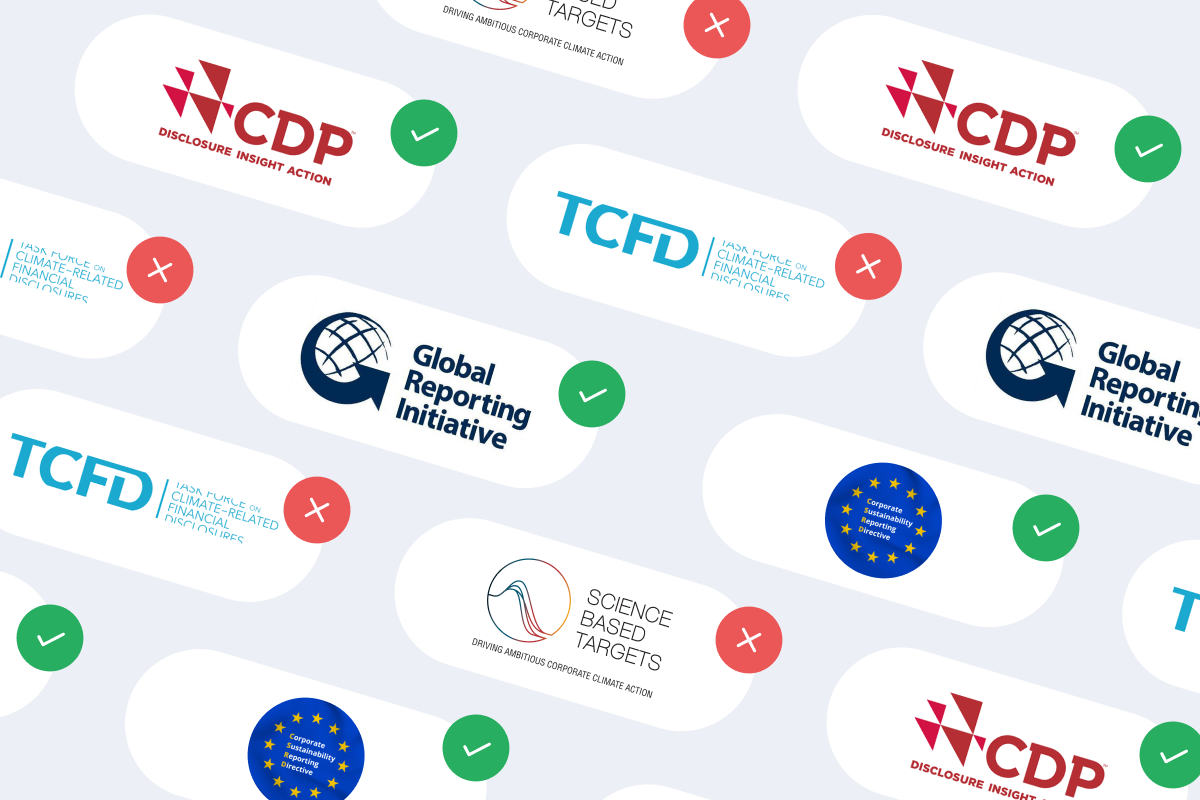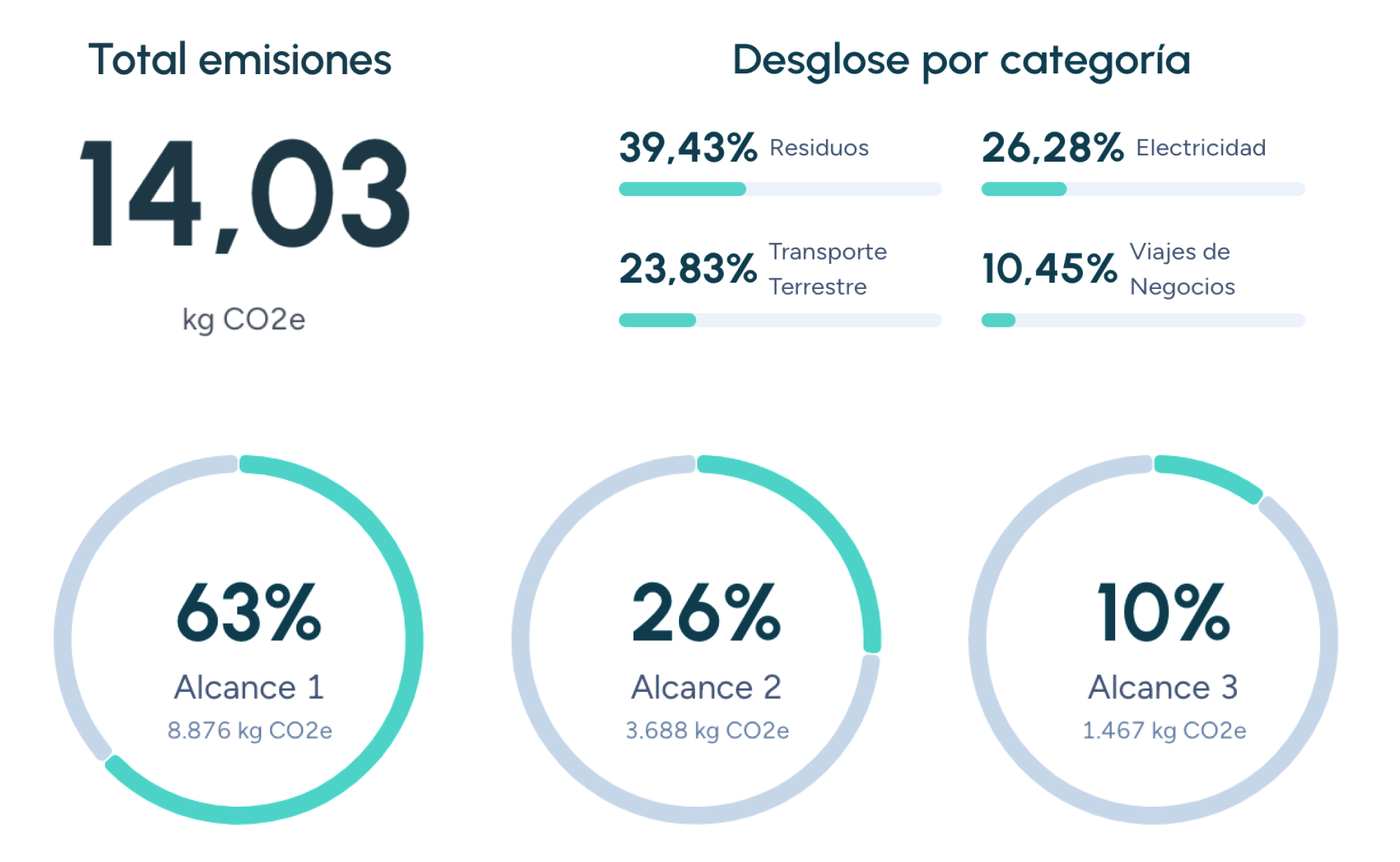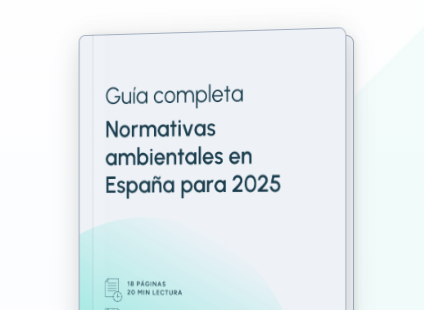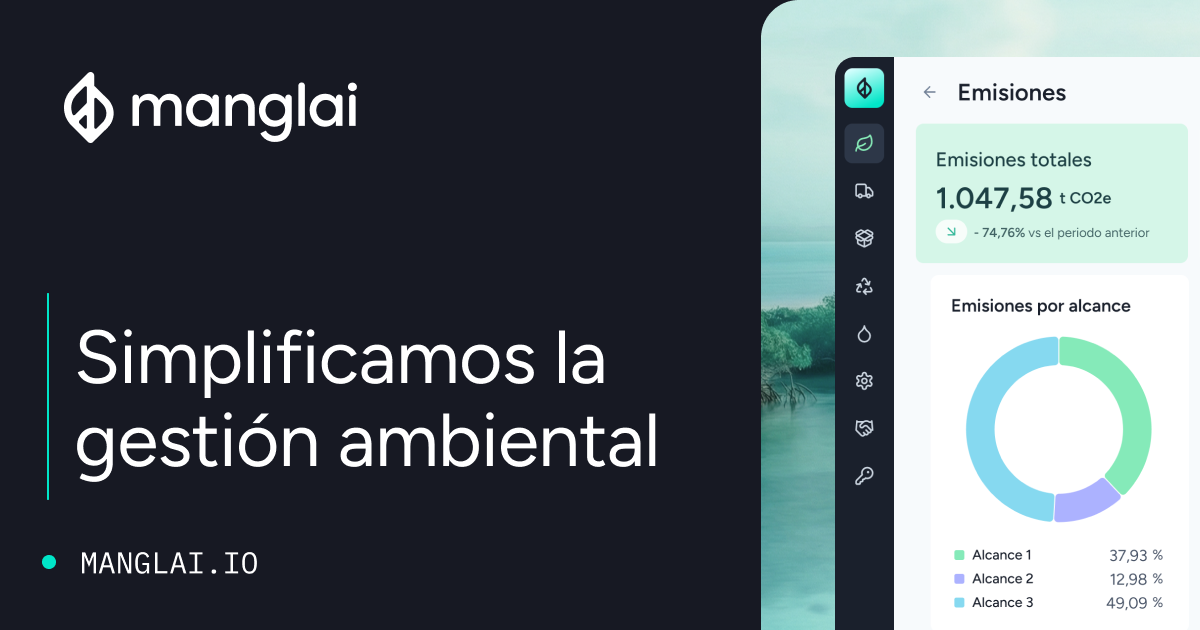G
GHG Protocol Product Standard
The GHG Protocol Product Life Cycle Accounting and Reporting Standard (commonly referred to as the GHG Protocol Product Standard) is the global methodology developed by the World Resources Institute (WRI) and the World Business Council for Sustainable Development (WBCSD) to quantify and report the carbon footprint of products throughout their entire life cycle.
Published in 2011, it complements the corporate GHG Protocol standards (Scopes 1, 2, and 3) and aligns with PAS 2050 and ISO 14067.
Objectives of the Standard
- Comparability and consistency across sectors and regions.
- Transparency in assumptions, data sources, and system boundaries.
- Credibility through independent verification and critical review.
- Continuous improvement: identifying emission hotspots and supporting reduction strategies.
Scope and Functional Unit
- Cradle-to-grave coverage: includes raw material extraction, manufacturing, distribution, use, and end-of-life stages.
- Functional unit: quantitative measure that describes the product’s function (e.g., 1 kWh supplied, 1 L bottle).
Process Steps
- Define objectives, scope, and system boundaries.
- Develop a GHG inventory (LCI): collect primary and secondary data.
- Calculate impacts: multiply activity data by emission factors (e.g., IPCC, ecoinvent).
- Allocation: distribute emissions among co-products based on energy, mass, or economic value.
- Model use and end-of-life scenarios: recycling, energy recovery, or landfill.
- Perform results calculation and sensitivity analysis.
- Reporting, review, and optional verification by a third party.
Greenhouse Gases Covered
CO₂, CH₄, N₂O, HFCs, PFCs, SF₆, and NF₃, expressed as CO₂ equivalents (CO₂e) using 100-year Global Warming Potentials (GWP 100) from the IPCC.
Relationship with Other Standards
- PAS 2050: similar life-cycle approach; GHG Protocol incorporates corporate accounting principles.
- ISO 14067: fully compatible, with minor differences in reporting requirements.
- EPD / ISO 14025: Product Carbon Footprint (PCF) results can be integrated into Type III environmental declarations.
Benefits for Organizations
- Visibility of hotspots: enables targeted emission and cost reductions.
- Market demand: large buyers and investors increasingly require GHG Protocol-based PCF data.
- Regulatory compliance: supports frameworks such as CBAM, climate labeling, and ESG reporting.
- Competitive advantage: transparent communication of measurable improvements.
Example Applications
- Food industry: comparing impacts of animal versus plant-based proteins.
- Electronics: optimizing smartphone design by reducing lithium and energy-use impacts.
- Construction: calculating PCFs for steel and concrete panels in net-zero building assessments.
Common Challenges
- Scope 3 data gaps: complex global supply chains hinder accuracy.
- Confidentiality issues: suppliers may be reluctant to share primary data.
- Temporal consistency: electricity mixes and emission factors change over time.
Best Practices
- Use digital tools (LCA software, blockchain) for traceability and automation.
- Establish data-sharing agreements with key suppliers.
- Conduct periodic reviews (every 2–3 years) to capture improvements and updates.
The GHG Protocol Product Standard is the global benchmark for measuring product-level carbon footprints with rigor, comparability, and transparency, enabling organizations to identify emission reduction opportunities and communicate credible progress toward decarbonization.
Companies that trust us

AWARE (Available Water Remaining)
AWARE is a Life Cycle Assessment (LCA) characterisation method that weights the impact of water consumption according to the residual water availability in the local basin.
B Corp Certification
B Corp Certification is a global standard that validates companies for their commitment to sustainability and social responsibility, promoting practices that reduce carbon footprints and create a positive impact on society and the environment.
CBAM: EU Carbon Border Adjustment Mechanism
Analyse how the EU taxes imports according to their carbon footprint, the sectors affected, and the steps companies must take to prepare for 2026.
Guiding businesses towards net-zero emissions through AI-driven solutions.
© 2025 Manglai. All rights reserved
Política de Privacidad


